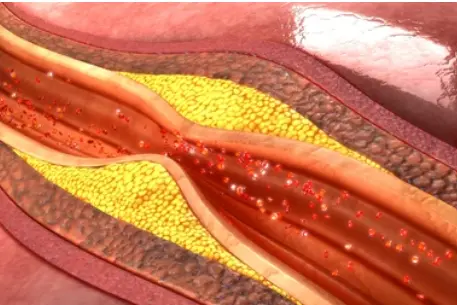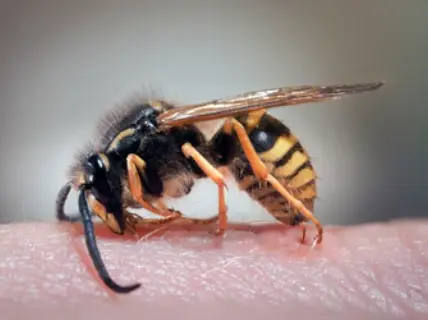 Welcome
Welcome
“May all be happy, may all be healed, may all be at peace and may no one ever suffer."
Rabies - Generics
Rabies is a viral disease that affects the nervous system of humans and animals. It is usually transmitted to humans through the bite of an infected animal, such as dogs, cats, bats, and wildlife. The virus travels from the site of the bite to the brain, where it can cause inflammation and damage to the nervous system.
Symptoms of rabies can vary, but may include fever, headache, fatigue, muscle weakness, confusion, agitation, hallucinations, and paralysis. As the disease progresses, it can lead to coma and death.
Treatment for rabies involves a series of injections called post-exposure prophylaxis (PEP), which must be given as soon as possible after exposure to the virus. PEP includes a dose of rabies immune globulin, which provides immediate protection against the virus, and a series of rabies vaccines, which help the body develop immunity to the virus.
Preventing rabies involves taking precautions to avoid exposure to infected animals. This includes avoiding contact with stray or wild animals, vaccinating pets against rabies, and seeking medical attention immediately if bitten by an animal. It is important to note that once symptoms of rabies develop, the disease is almost always fatal. Therefore, seeking medical attention as soon as possible after exposure is crucial for preventing the disease.

Skin moisturization

Cracked and itchy skin

Angioplasty

Induction of anesthesia

Intra-abdominal infection...

Colonoscopy preparation

Insect bites

Enterocolitis
Rabies, জলাতঙ্ক
To be happy, beautiful, healthy, wealthy, hale and long-lived stay with DM3S.